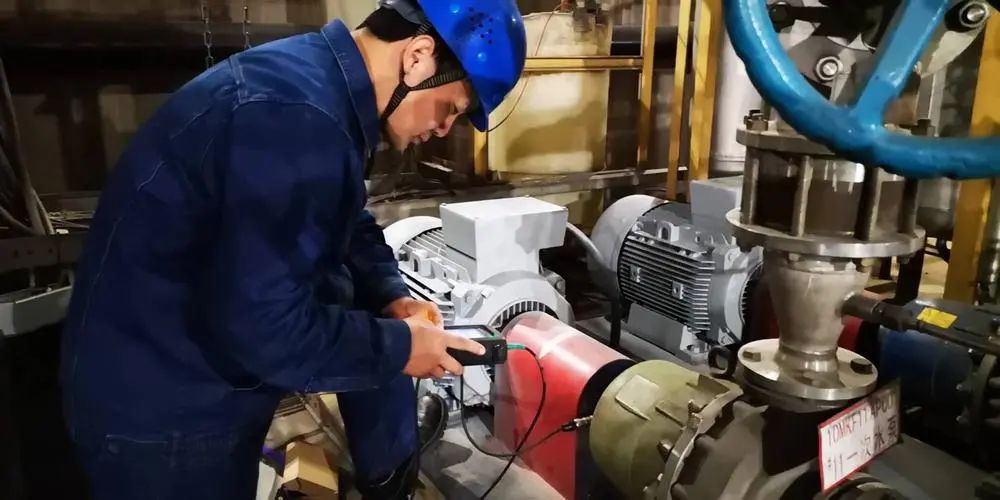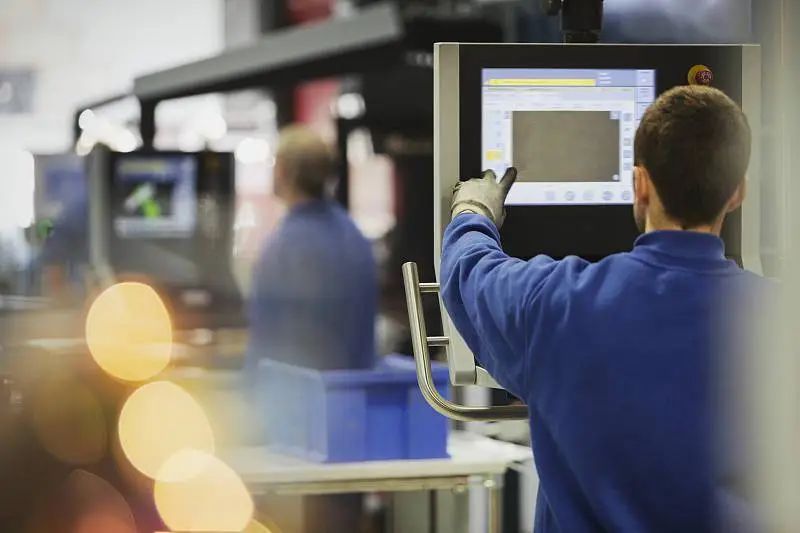Automated production lines are an important part of modern industrial production. They can improve production efficiency, reduce costs, and enhance product quality. However, due to various reasons, automated production lines may encounter various malfunctions during operation. This article will introduce some common malfunctions in automated production lines and provide corresponding solutions.

Common Malfunctions and Solutions
1. Sensor Malfunctions
Sensors play a crucial role in automated production lines, used to detect information such as the position, speed, and temperature of objects. Common sensor malfunctions include sensor failure, false detection, and drift. The solutions are as follows:
① Check if the sensor is properly connected and ensure the power supply is normal.
② Clean the sensor to ensure its surface is free of dirt or dust.
③ Adjust the sensor's sensitivity and trigger threshold to ensure accurate detection.
2. Electrical Malfunctions
Electrical malfunctions are common in automated production lines and may cause equipment downtime or improper operation. Common electrical malfunctions include power supply failures, poor cable connections, and motor malfunctions. The solutions are as follows:
① Check if the power supply is normal and ensure the voltage is stable.
② Check if the cable connections are secure and if there are any open or short circuits.
③ Check if the motor is operating normally. If there are any abnormalities, replace or repair it in a timely manner.
3. Mechanical Malfunctions
Mechanical malfunctions may cause the equipment on the automated production line to operate abnormally or produce unusual noises. Common mechanical malfunctions include bearing damage, broken drive belts, and worn mechanical parts. The solutions are as follows:
① Regularly check the lubrication of the equipment to ensure an adequate supply of lubricating oil.
② Check if the mechanical parts are worn. If so, replace them in a timely manner.
③ Check if the drive belt is loose or broken. If there are any issues, repair or replace it in a timely manner.

4. Control System Malfunctions
Control system malfunctions may cause the automated production line to operate incorrectly or issue wrong commands. Common control system malfunctions include PLC malfunctions, program errors, and communication failures. The solutions are as follows:
① Check if the PLC is operating normally. If there is a malfunction, repair or replace it in a timely manner.
② Check if the program is correct. If there are any errors, modify them in a timely manner.
③ Check if the communication lines are properly connected. If there is a malfunction, repair it in a timely manner.
5. Environmental Factor Malfunctions
Environmental factor malfunctions may affect the normal operation of the automated production line, such as excessive temperature or high humidity. The solutions are as follows:
① Control the environmental temperature and humidity to ensure they are within the equipment's allowable range.
② Regularly clean the equipment to avoid the impact of dust and dirt on the equipment.
③ Regularly check the equipment's cooling system to ensure it is operating normally.
Conclusion
Common malfunctions in automated production lines include sensor malfunctions, electrical malfunctions, mechanical malfunctions, control system malfunctions, and environmental factor malfunctions. For these malfunctions, we can take corresponding solutions, such as checking sensor connections and cleaning, checking power supply and cable connections, regularly checking equipment lubrication and wear, repairing or replacing faulty PLCs, and repairing communication lines. Through timely troubleshooting and maintenance, we can ensure the normal operation of the automated production line, improving production efficiency and product quality.